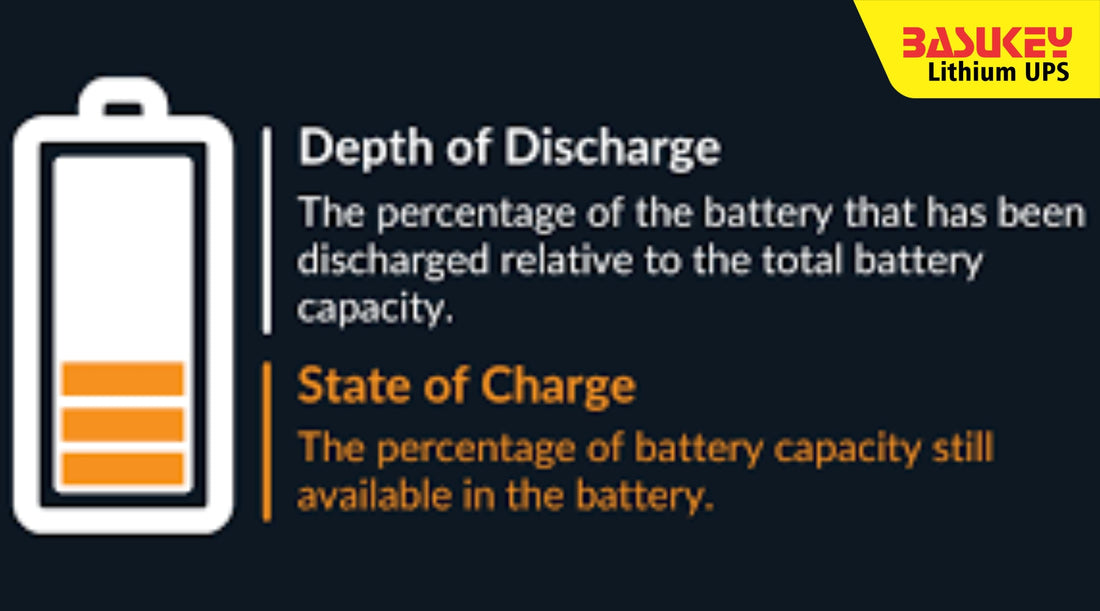
Understanding Depth of Discharge (DoD) and Cycle Life in Lithium UPS
Share
When it comes to lithium uninterruptible power supplies (UPS), understanding Depth of Discharge (DoD) and Cycle Life is crucial for optimal performance and longevity. Let's delve into the intricacies of these key factors.
What is Depth of Discharge (DoD)?
Depth of Discharge (DoD) refers to the percentage of a battery's capacity that has been discharged relative to its overall capacity. For example, if a 100Ah battery has delivered 50Ah, the DoD is 50%. It is essential to monitor and manage DoD to prolong battery life.
How does DoD impact Cycle Life?
The Cycle Life of a battery is the number of charge-discharge cycles it can undergo before its capacity falls below a specified level. High DoD levels can significantly impact the Cycle Life of a lithium UPS battery. Keeping DoD levels low, ideally below 50%, can help extend the battery's lifespan.
Why is Cycle Life important in Lithium UPS?
Understanding the Cycle Life of a lithium UPS battery is crucial for ensuring reliable backup power. A longer Cycle Life means fewer replacements, reducing maintenance costs and downtime. By managing DoD and adhering to best practices, you can maximize the Cycle Life of your lithium UPS battery.
How to optimize DoD and Cycle Life in Lithium UPS?
1. Implement a smart battery management system to monitor and control DoD levels. 2. Avoid deep discharges whenever possible to minimize the impact on Cycle Life. 3. Charge the battery regularly and avoid leaving it in a discharged state for extended periods. 4. Follow manufacturer guidelines for charging and discharging parameters to optimize battery performance.
By understanding the relationship between Depth of Discharge (DoD) and Cycle Life in lithium UPS systems, you can make informed decisions to maximize the efficiency and longevity of your backup power solution. Remember, proper management of DoD and adherence to best practices are key to ensuring reliable performance when you need it most.
